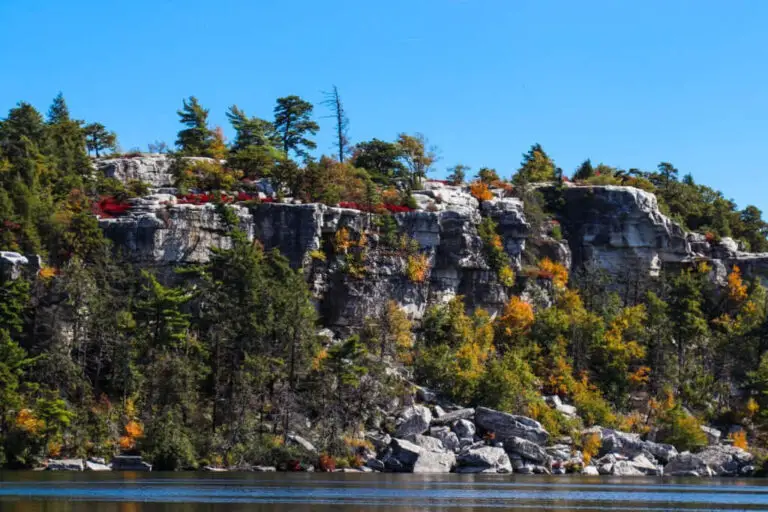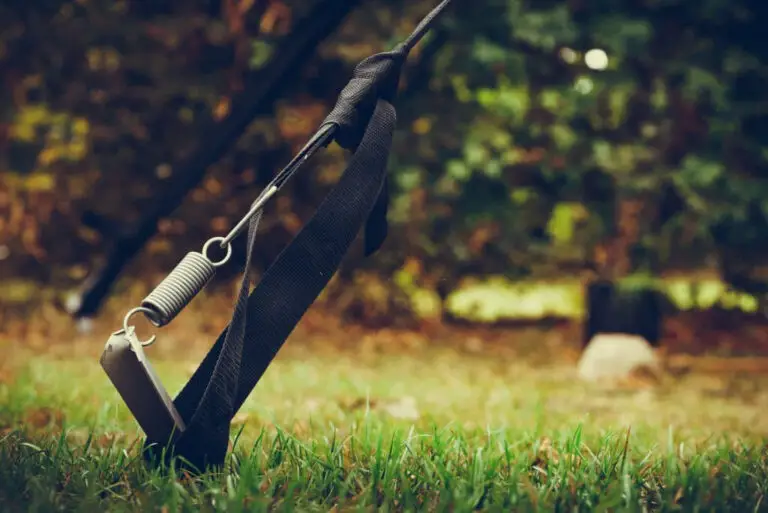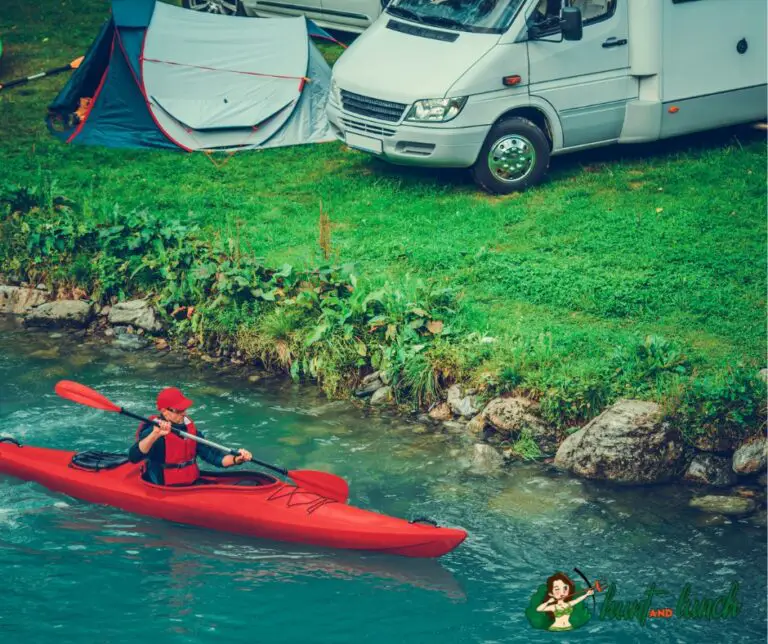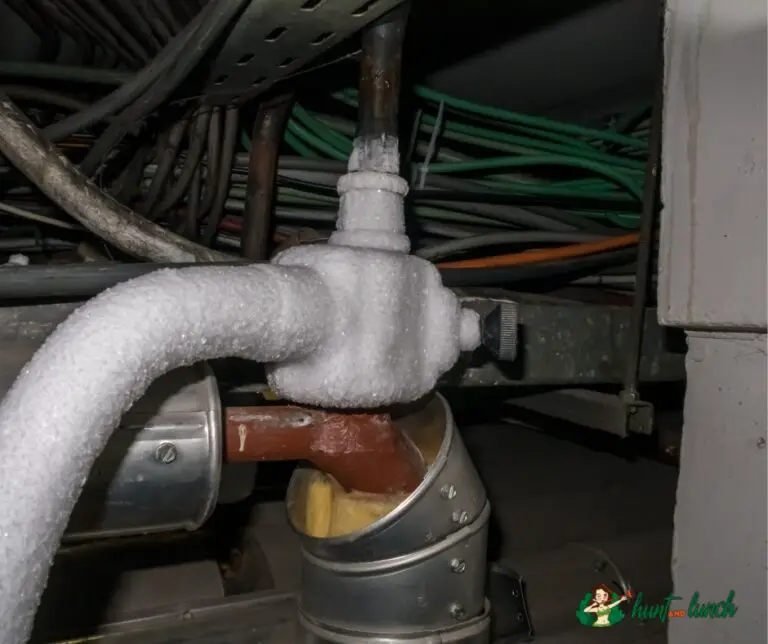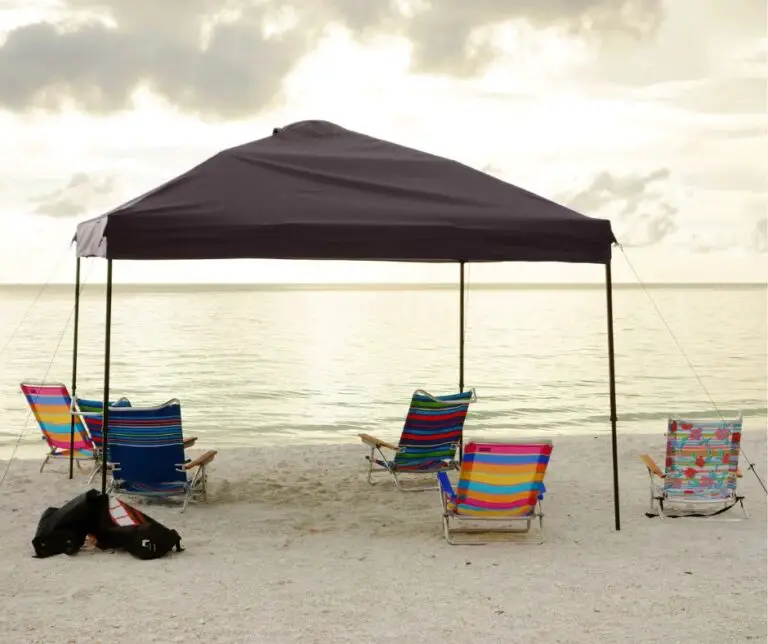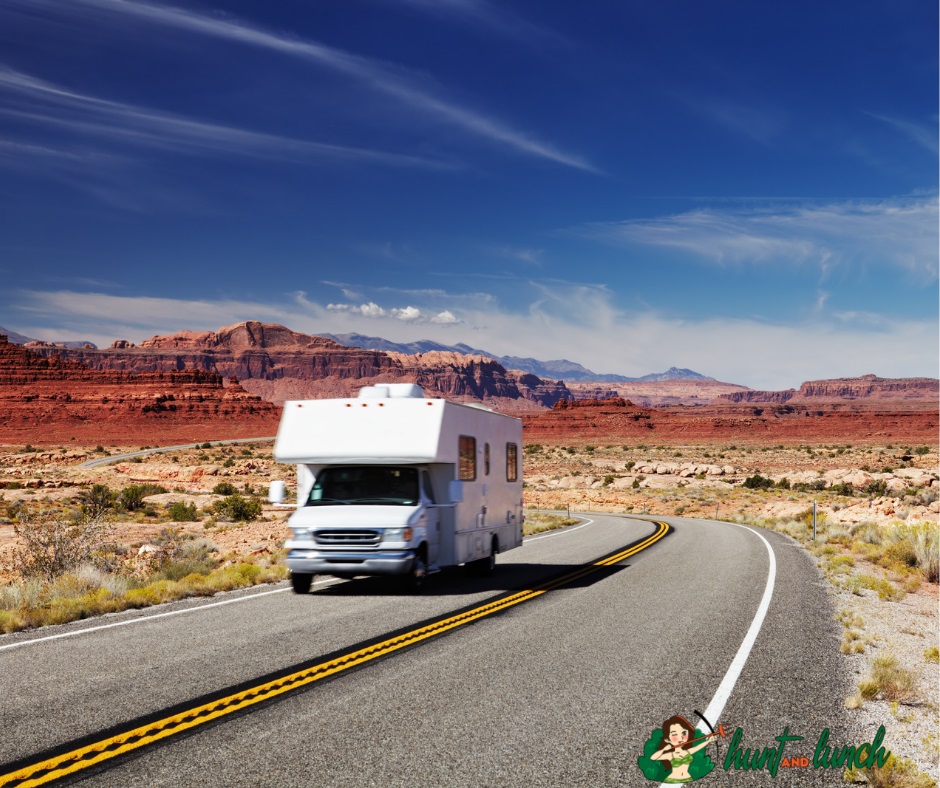
Are you thinking about buying a campervan? With all the benefits of having your own home on wheels, it’s no surprise that more and more people are converting vans into campervans. If you already have a van, then learning how to convert van into a campervan can be promising.
How to Convert a Van into a Campervan
There are no easy ways to convert your van into a campervan as it involves lots of hard work and careful planning. But it doesn’t mean it can’t be done. Here is how to proceed:
Budget
When it comes to budgeting for your van conversion, there’s a lot of leeways depending on the scope of your project and how much you’re willing to spend. If you do it yourself, your initial costs will be lower but there will be lots of maintenance and repairs involved after the fact.
Hiring someone else can cost anywhere from $10,000 to $30,000 depending on what amenities you choose i.e., solar panels or wood flooring. You can get an idea of what your total cost will be by looking at list of examples from around the internet.
Time
The time it takes to convert a van will depend on the size of the van, how complex the conversion is, and whether you’re doing it yourself or hiring a professional. You can expect it to take anywhere from 2-6 weeks to convert a van.
If you want to do everything yourself, that’s going to be at least 3 weeks of working on your own time every day and probably more. If you hire professionals and pay them well, they can usually knock out one conversion in less than two weeks if they have enough resources available.
Space
Once you have decided on which van you would like to convert and how much space is available for a conversion, then the next thing to consider is where will all your stuff go?
You need to factor in space for storage, for cooking and for sleeping: bed/bunks if applicable. You also need to add compartments for loads and other essentials like toilets and possible showering area.
Steps to Convert Your Van to a Campervan
Choose a base van
First, you need to decide on the type of van. There are many types available for conversion:
The Sprinter is a Mercedes-Benz van that comes in cargo, passenger, and camper versions. It has a high roof and can be fitted with an extra row of seats or bench seats to accommodate more people. It also has plenty of storage space in the rear cabin area which can be converted into a sleeping area by adding a pop-top or folding out the seats at night.
The Transit is another popular choice due to its versatility as well as its large size which makes it ideal for fitting appliances and furniture inside your vehicle once you’re finished converting it into your campervan.
Design your layout
A good plan is essential for a successful conversion project. Before you start the conversion process, it’s a good idea to design your layout. This will help you decide what type of van is suitable for your needs and how much space you will need for storage and sleeping arrangements, as well as other facilities such as cooking and showering.
You should also think about how you will use your van in the future as this may affect how much space each area takes up. For example, if you’re planning on taking long journeys with lots of luggage then more storage space might be needed than if all luggage was kept in another vehicle.
Build the foundation
Building a foundation is the most important part of converting your van. The kit you use will be able to provide you with everything that you need and make it easy for you to build your base.
The best way to build a foundation is by using a conversion kit. A conversion kit includes everything that you will need, such as base plates, straps, and clamps as well as stabilizers.
Ventilation and Insulation
Ventilation is important to keep the van cool in summer, with a window or two open. On the other hand, insulation is important to keep the van warm in winter, so you will need at least some insulation on all sides of your van. You can add more ventilation by installing vents or a propane heater, but remember: more venting equals additional costs.
You can add more insulation by using reflective insulating material and adding extra foam wherever it’s needed. If you choose not to install air conditioning, plan on spending some time driving with your windows down in hot weather to test out your ventilation.
Build the structures
The main structures in a campervan conversion are the kitchen and sleeping area. You can build these using plywood or other materials that can be cut, joined, and bolted together. The van shell itself will provide most of your structure for these areas, but you may need some additional support to ensure they are structurally sound.
Once you have cut out all your pieces carefully mark out where they need fixing into place before drilling holes at each point where they join up. Then use screws or bolts depending on what materials are being used, wood screws work well with softwoods such as pine while metal bolts give more structural stability when used in conjunction with steel frames or other metal parts such as drawer handles.
Go shopping for the essentials
The next step is to go shopping for the essentials. You can buy these items new, or you can save money by buying them used, and then refurbishing them yourself. If you want to take the DIY approach, there are plenty of places that sell campervan equipment and appliances kit online.
These kits contain everything from furniture and appliances to plumbing supplies that will make your van into a fully functioning home away from home.
You’ll most likely have to do some research in order to find out which accessories are best suited for your specific van, but once you’ve got those bases covered, it’s time to get started on converting your vehicle into a campervan.
Add finishing touches
To complete your campervan conversion, you’ll need to install all of the finishing touches. This includes installing a sink, toilet, shower, stove, and refrigerator. A bed is also a must for comfort. You may also want to consider adding storage systems for these items as well as any extra equipment you will be taking with you on your road trip adventure.
Conclusion
There’s no denying it, a campervan conversion can be a big investment. But if you take the time to do the research, budget your funds and set aside enough time for the project, you’ll be well on your way to enjoying all those awesome camping adventures.

I’m Cindy, a free-spirited outdoor enthusiast. Since childhood, Our family frequently goes on weekend camps and my father, who was a skilled hunter, used to teach my siblings and me valuable things about wildlife survival. I made this blog to share my knowledge, experiences, and tips.

